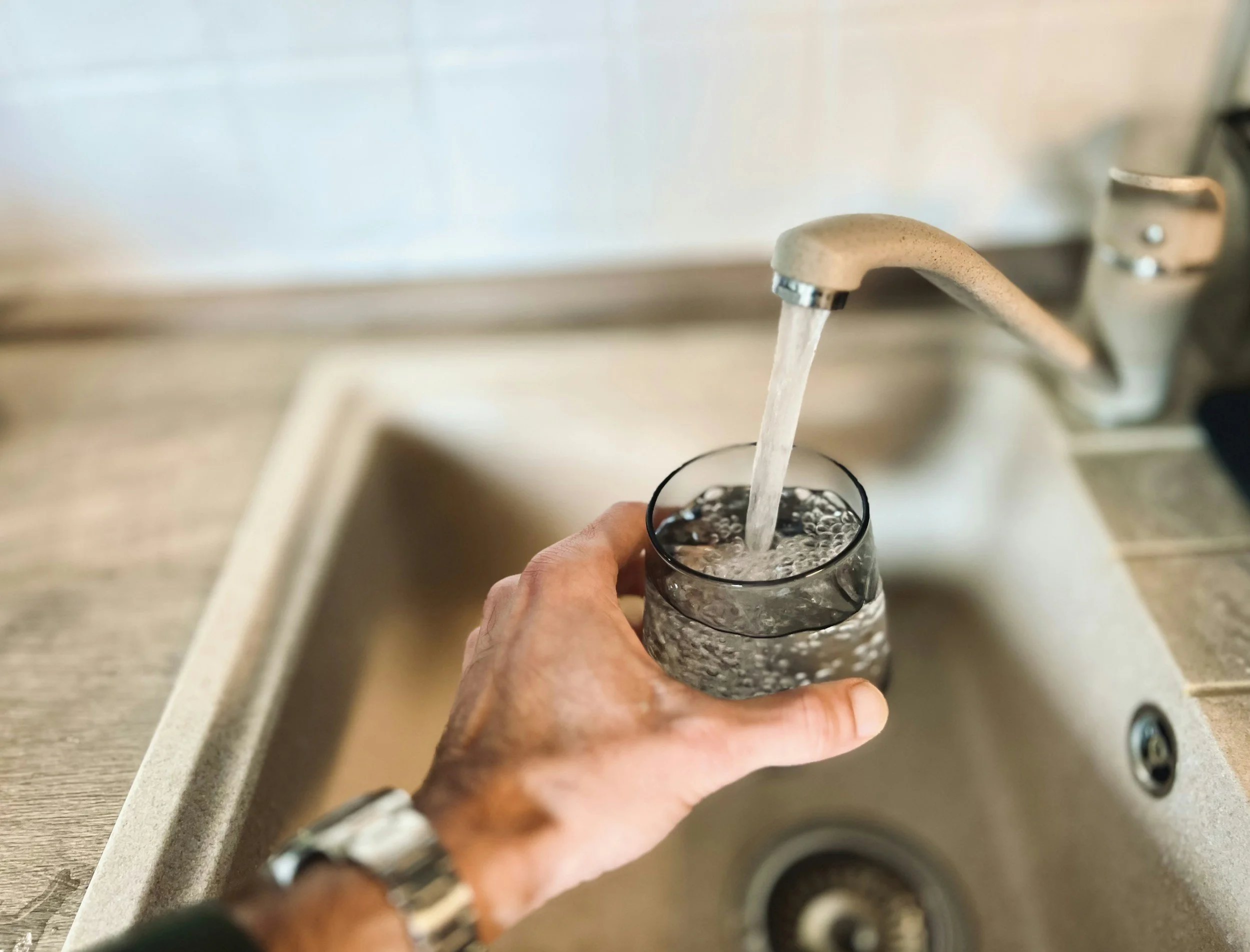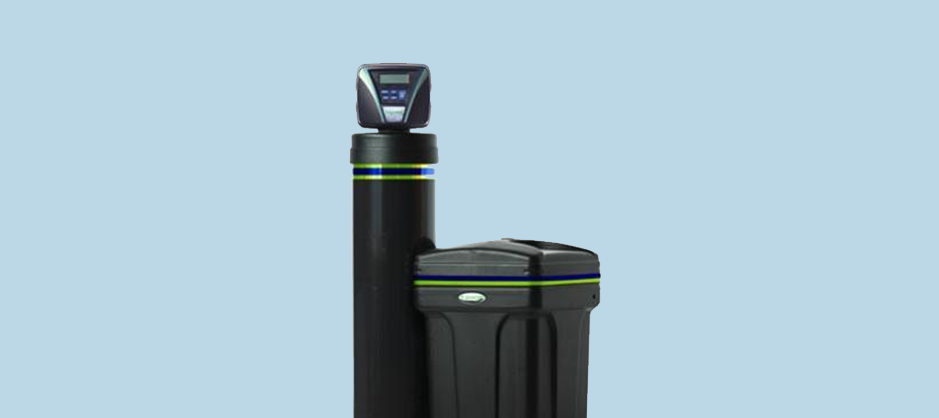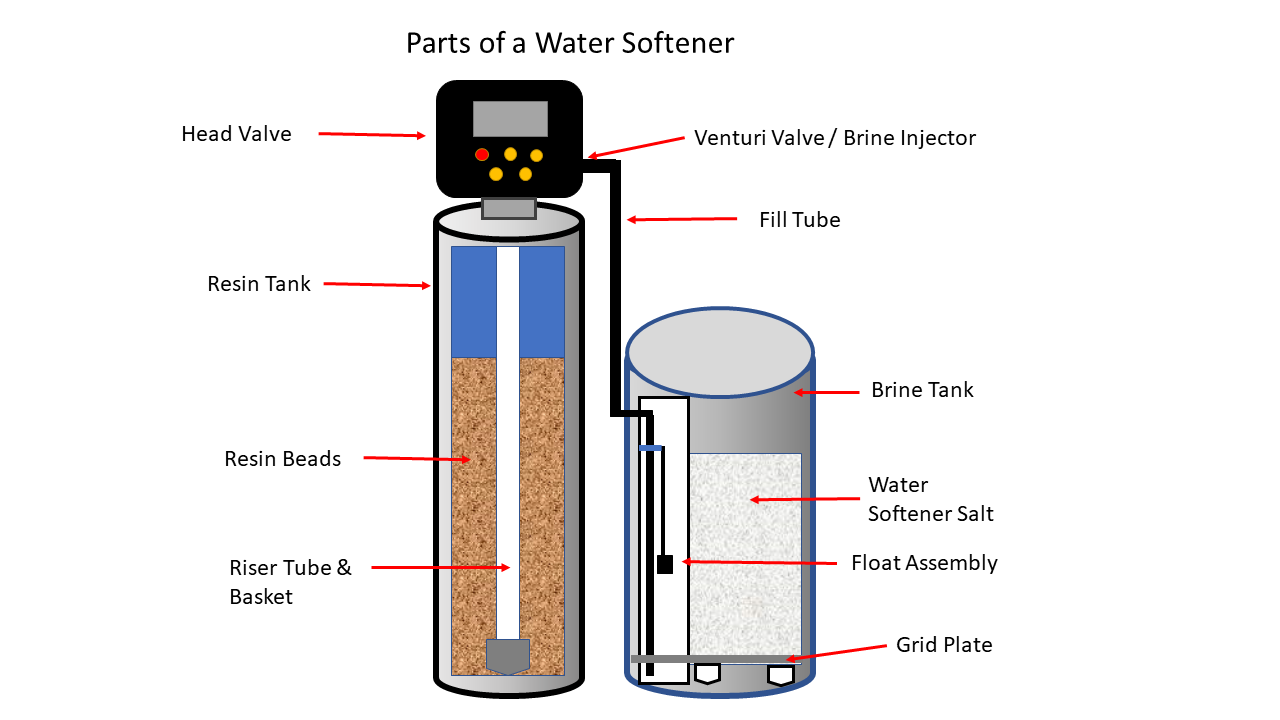We often focus on what we put on our bodies, but what about the water we use to wash and drink? The quality of your water can have a significant, yet often overlooked, impact on your skin, hair, and overall health. From dry, irritated skin to dull, brittle hair and even scaling appliances, many common problems can be traced back to the water flowing through your pipes.
WaterSmart Systems has been serving the Waterloo Region for over 30 years, and the focus is always on clean, safe, great-tasting water for your home backed by exceptional service.
Contact us today for all your home water solutions.
Key Takeaways
Hard Water = Soap Scum: Calcium and magnesium minerals react with soap to form a residue that clogs pores, dries skin, and dulls hair.
Chlorine is a Stripper: Chlorine, while necessary for municipal safety, strips natural oils from your skin and hair, leading to increased dryness and sensitivity.
Appliances Suffer: Hard water causes limescale in kettles, water heaters, and dishwashers, increasing energy costs and requiring costly repairs.
WaterSmart Softeners eliminate the cause of hard water problems, protecting your skin, hair, and home infrastructure.
WaterSmart Filters remove chemical contaminants like chlorine and heavy metals, ensuring healthier drinking and bathing water.
1. Understanding Hard Water and Contaminants
So, what exactly is in your water that causes these issues? The culprits are often hard water and various contaminants.
Hard water contains elevated levels of dissolved minerals, primarily calcium and magnesium. While these minerals aren't harmful to drink, they can wreak havoc on your body.
"Calcium and magnesium in hard water react with fatty acids in your soap and shampoo to form chemicals that coagulate," says Dr. Tess Mauricio, a board-certified dermatologist in Beverly Hills.
"As a result, your skin doesn't get cleaned properly and the chemicals leave a residue on your skin. Over time, this skin residue can disrupt the skin barrier. It causes your pores to clog up, which, in turn, can lead to acne and exacerbate skin conditions like eczema and dermatitis."
Beyond hardness, contaminants present in tap water can include:
Chlorine and Chloramines: These disinfectants are necessary for municipal safety but are harsh chemicals that can strip natural protective oils from your skin and hair. This compromises the skin's barrier function, leading to increased dryness, sensitivity, and irritation.
Heavy Metals: Metals like lead or copper can leach into water from older pipes and plumbing, posing serious health risks when consumed.
Sediment: Tiny particles like sand, rust, or silt can affect the clarity and taste of your water, and even act as abrasives on your skin and hair.
2. How Water Quality Affects Your Complexion
Have you ever noticed your skin feeling tight, itchy, or dry after a shower, even after applying moisturizer? Hard water and contaminants are likely to blame.
Dryness and Irritation: The mineral deposits in hard water prevent soap from rinsing completely, leaving a film on your skin. This film can clog pores, leading to breakouts, and prevent your skin from absorbing moisture effectively, resulting in chronic dryness and irritation.
Reduced Product Effectiveness: Lotions, serums, and cleansers struggle to perform their best when hard water interferes. The minerals can create a barrier, hindering the absorption of beneficial ingredients.
Exacerbated Skin Conditions: For individuals with sensitive skin, eczema, or psoriasis, hard water can worsen symptoms, leading to increased redness, flakiness, and discomfort.
3. Battling Brittle, Dull Locks
Your hair is also a major casualty of poor water quality. The same minerals that leave residue on your skin cling to your hair strands, causing a cascade of problems.
Dullness and Lack of Shine: Mineral buildup forms a coating on the hair cuticle, making your hair look dull, lifeless, and heavy. This buildup reflects less light, robbing your hair of its natural shine.
Brittle and Dry Texture: Hard water makes it difficult for moisturizers and conditioners to penetrate the hair shaft. Over time, this results in brittle, dry hair that is prone to breakage and split ends.
Fading Color: Chlorine and other chemicals, common in unfiltered tap water, can significantly accelerate the fading of colored or chemically treated hair.
4. Water Quality and Your Overall Health
While the visual effects on your skin and hair are obvious, poor water quality has consequences that extend into your home's infrastructure and even your long-term health.
| Aspect | Water Quality Impact | Resulting Problem |
|---|---|---|
| Pipes & Appliances | Mineral buildup (limescale) from hard water. | Scaling appliances, reduced efficiency of water heaters, increased energy bills, and clogged pipes. |
| Drinking Water | Presence of chlorine, heavy metals (like lead), or VOCs (Volatile Organic Compounds). | Poor taste and odor, and potential long-term health concerns, particularly for vulnerable populations. |
| Hydration | Bad-tasting water discourages drinking. | Suboptimal hydration can affect mood, energy levels, and bodily functions. |
5. The WaterSmart Solution: Simple Steps to Better Water
The good news is that you don't have to live with the negative effects of poor water quality. WaterSmart offers targeted solutions to treat water at the source.
WaterSmart Whole-Home Softeners: These systems remove the dissolved calcium and magnesium ions that cause hard water. The result is truly soft water that lathers easily, keeps your skin hydrated, protects your hair's luster, and extends the life of your appliances.
WaterSmart Water Filters (Carbon & Reverse Osmosis): For addressing contaminants, a filter is essential.
Whole-house carbon filters are excellent for removing chlorine, improving shower water quality.
Under-sink Reverse Osmosis (RO) systems provide the cleanest, best-tasting drinking water by removing up to 99% of dissolved solids, including heavy metals and chemical contaminants.
Daily Water-Use Tips
Use a Cold Rinse: Rinse your hair with cool water to seal the cuticles and prevent mineral deposit penetration.
Minimize Exposure: Take shorter showers to reduce the time your skin and hair are exposed to hard or chlorinated water.
Test Your Water: Contact WaterSmart for a free water quality test to know exactly what's in your water and choose the right solution.
6. Frequently Asked Questions (FAQ)
Here are answers to common questions about water quality and its impact on your skin, hair, and health.
General Water Quality
What is the difference between hard water and contaminated water? Hard water contains high levels of dissolved minerals, primarily calcium and magnesium. It's not usually a health threat, but it causes scale, dryness, and residue. Contaminated water contains substances like chlorine, heavy metals, or bacteria that can pose health risks or affect taste and odor.
How do I know if I have hard water? Common signs of hard water include limescale buildup on faucets and appliances, soap that doesn't lather well, and skin/hair that feels dry, dull, or sticky after washing. The best way to know for sure is to get a professional water test.
Skin and Hair Effects
How does hard water affect my hair? Hard water minerals (calcium and magnesium) leave a film on the hair cuticle. This buildup causes hair to look dull, feel brittle, become prone to breakage, and prevents conditioners from moisturizing the hair effectively.
Can a water softener help with my dry skin or eczema? Yes, many people find relief. Hard water leaves a soap scum residue on the skin that clogs pores and prevents moisturizer absorption. Soft water rinses away soap completely, allowing your skin's natural moisture barrier and applied lotions to work properly, potentially reducing dryness and irritation.
Why does my skin feel itchy after showering? Itching can be caused by two factors: the soap scum residue left by hard water, which irritates the skin, and chlorine in the water, which strips the skin's natural oils, causing severe dryness and disrupting the protective skin barrier.
Home and Health
Does bad-tasting water affect my health? While some bad tastes (like chlorine) may be harmless in small amounts, they are often a sign that contaminants or chemical byproducts are present. Furthermore, bad-tasting water often discourages proper hydration, which can negatively affect your energy, mood, and overall body function.
How does hard water damage appliances? When hard water is heated, the dissolved calcium and magnesium minerals precipitate out and form a hard deposit called limescale (or scale). This scale clogs pipes, reduces the efficiency of water heaters and dishwashers, and shortens the lifespan of any appliance that uses water.
What is the best solution for improving all my home's water quality? A combination approach is usually best: a WaterSmart water softener is used to remove the hardness minerals (calcium and magnesium), and a WaterSmart whole-house or point-of-use filter (like a Reverse Osmosis system) is used to remove chemical contaminants, chlorine, and heavy metals.
Improve Your Home Water, Improve How Your Feel
If you’re ready to enjoy cleaner, softer water and reliable local service, our team is here for you.
Whether you’re installing a Canadian-made water softener, adding a filtration solution, or simply looking for expert advice, we’ll guide you to the right solutions other local families trust for long-term results.
Thank you for choosing WaterSmart. We look forward to providing your household with the same care, attention, and quality we’d give our own families.
“Thanks for the service and going the extra mile. Great work by servicemen. Explained work completed. Appears to have solved the problem.”












